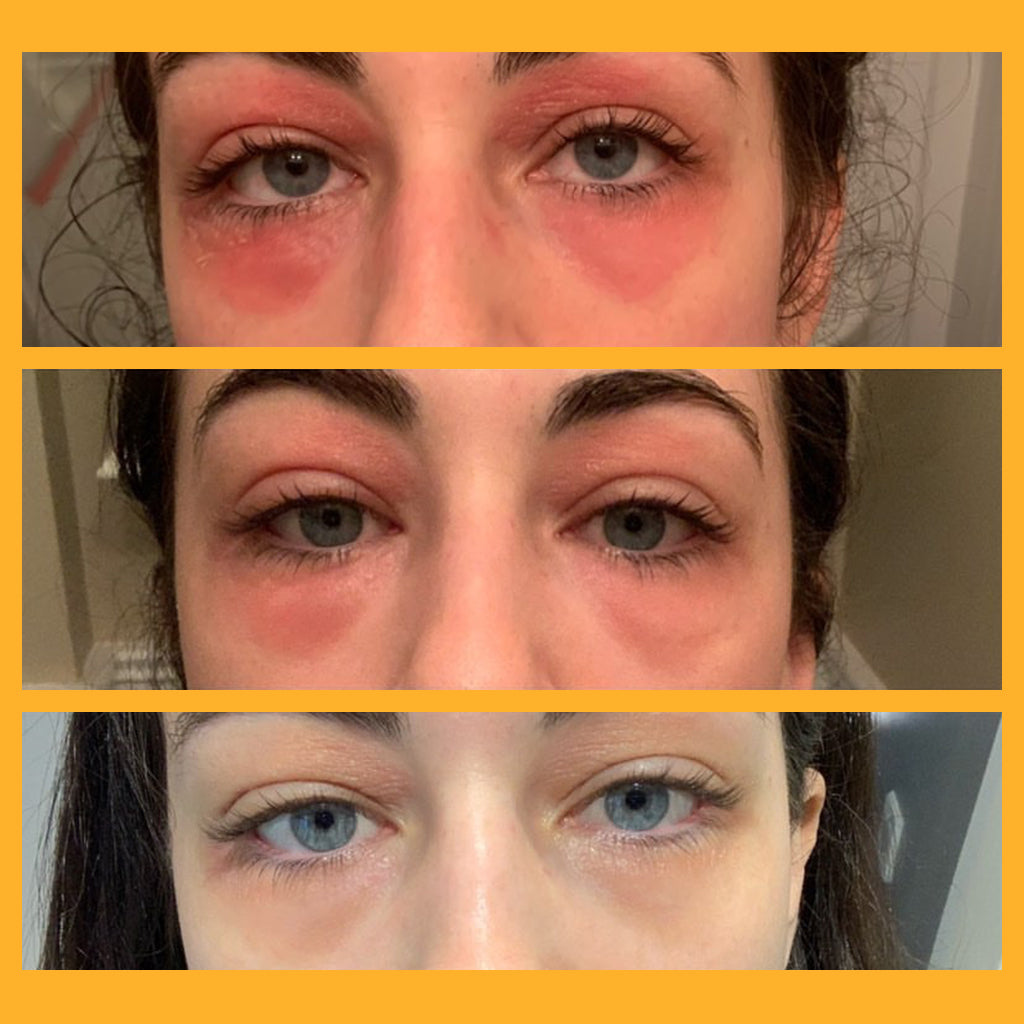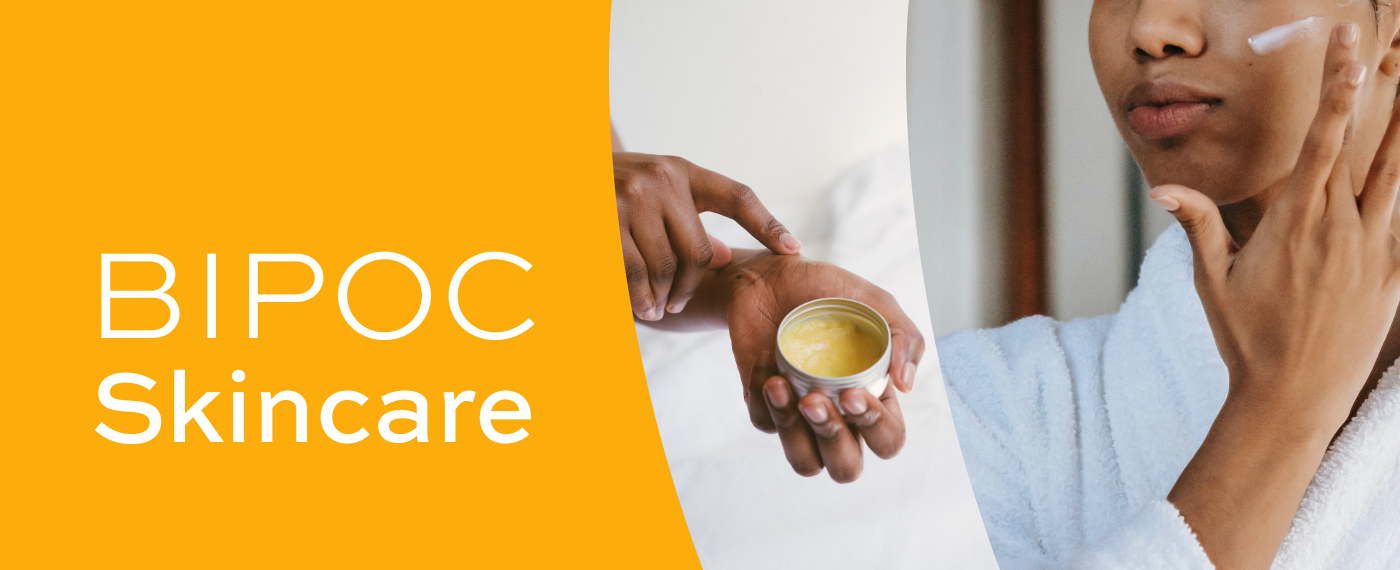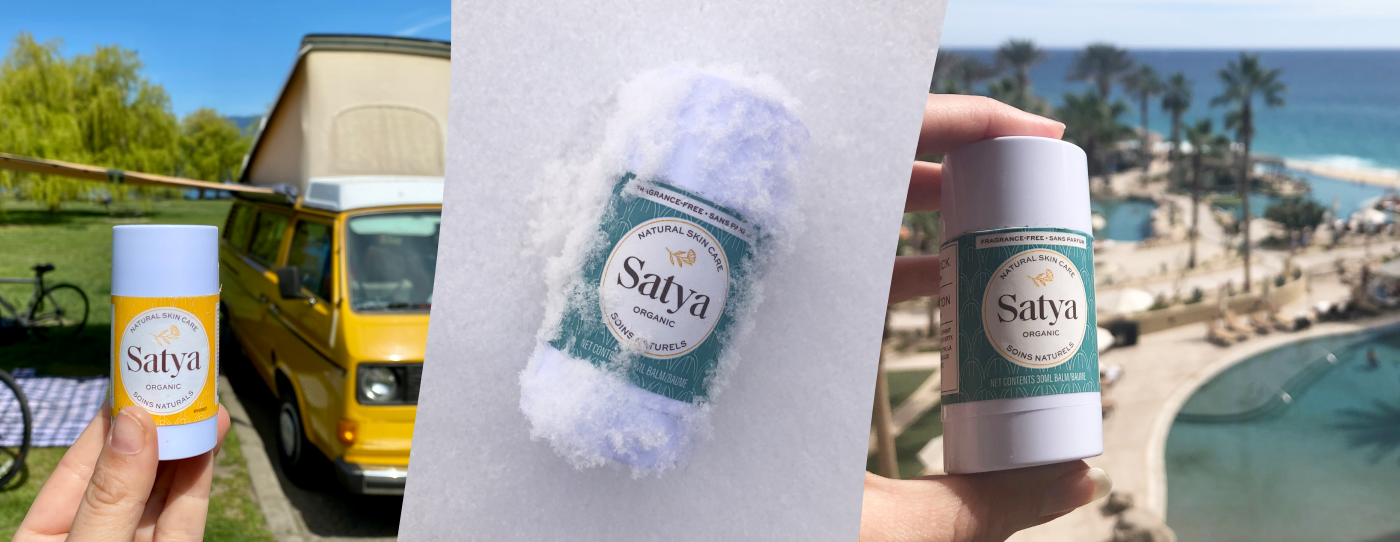
You wake up one morning and find yourself frantically itching your eyes. The texture of your skin feels a bit different and when you look in the mirror, you notice that your eyelids are dry, scaly and red. What the heck is going on?
What you’re experiencing might be eczema, or dermatitis, and it’s pretty common.
Our eyelids are delicate flaps of skin that serve to protect and distribute moisture to our beautiful eyes. And like anyone, if your eyelids are acting up, you might be a bit concerned! Let’s take a closer look at what might be going on.
Disclaimer: Research is no substitute for seeing a doctor, so if you believe you have eczema, be sure to get a proper diagnosis from your physician.
Eczema Basics
Let’s learn some basics to determine whether what you’re experiencing is actually eczema! There are three common forms of eyelid eczema:
Allergic Contact Dermatitis
As the name indicates, this type of eczema appears when your immune system has come into contact with a foreign substance or allergen. In turn, this triggers a delayed hypersensitivity reaction that manifests itself as a rash anywhere on your body (including your eyelids).
Irritant Contact Dermatitis
This type of eczema is often confined to the area of skin that has come into contact with a specific substance. If your eyelids have come into direct contact with a certain irritant chemical or solvent, the area around your eyes will experience a reaction immediately after exposure.
General Atopic Dermatitis (Not exclusive to eyelids)
Atopic dermatitis is a chronic, inflammatory type of eczema characterized by a dysfunction in the skin barrier. This means that your skin has difficulty retaining and storing moisture due to genetic, internal, and environmental factors. When triggered, this shows up as inflammation on the skin. Any area of your body can be affected, including your eyelids.
Characteristics of Eyelid Eczema
Eczema can present on the skin in many unique ways. Some of the most common characteristics of eyelid eczema include:
- Dry, scaly rash
- Itching and swelling
- Change in eye appearance (extra fold of skin, discoloured skin that can present itself as red, brown or grey)
- Raw, cracked or inflamed skin around eyes
Common Triggers of Eyelid Eczema
If you’ve experienced eczema on other parts of your body, you know that there are a wide range of things that can trigger a flare-up. However, if this is your first time experiencing eyelid eczema, it may be helpful to track your daily activity to determine if there is anything specific triggering your symptoms. Some common culprits include:
- Sweat
- Stress
- Soaps / facial cleansers (especially those with fragrance)
- Makeup / cosmetics
- Eye makeup remover or pads
- Allergies (seasonal, pets, dust)
- Temperature changes
- Diet
- Genetic history
How to Treat Eyelid Eczema
What doctors often prescribe to treat eyelid eczema is a topical cream such as corticosteroids. Topical steroids are known to cause some harmful side effects, such as skin thinning, so we really don't want to be putting anything of that nature around our delicate, sensitive eyes!
Fortunately, there are many safer (and gentler) ways we can relieve our eyelids of the eczema itch and inflammation.
Apply cold compresses
Soak a clean face cloth or paper towel with cold water and apply it over your eyes. This will help to temporarily soothe the skin and reduce your urge to itch.
Avoid eye makeup
When you’re experiencing a flare-up, it’s best to skip the eye makeup or cosmetics (e.g. mascara, eye shadow, concealer) altogether to let your skin breathe.
Simplify your skin routine
The skin around our eyes is especially delicate, so be as gentle as possible! Cleanse your face with lukewarm water and if necessary, a gentle, fragrance-free face cleanser. Remember, it’s always best to pat, not rub, the eye area to dry.
Moisturize!
After cleansing, it’s essential to restore moisture back into the area around your eyes. Ensure your hands are clean before applying a gentle, fragrance-free moisturizer. Not all moisturizers are safe to use around the eye area — many are too harsh or heavily perfumed. That’s why we recommend Satya Organic Eczema Relief — it’s specifically formulated to be gentle enough for use on delicate skin, including your eyelids, while providing powerful relief from dryness, itching, and inflammation.
Heal Your Eyelid Eczema, Naturally
Good news: Satya Organic Eczema Relief is formulated with only simple, organic ingredients to soothe and relieve eczema without the use of harmful chemicals like steroids. Approved by Health Canada, Satya is a proven effective anti-inflammatory that provides relief naturally, and is gentle enough for use on any area of your face, including your eyelids!
---
"This one is over 3 days of using Satya! Such a beautiful product and I’m so thankful for it. I have been struggling for so long and all the creams on the National Eczema website did not help whatsoever.⠀
⠀
People need to see the difference it makes... it’s outstanding. It gave me relief and I’m so thankful that I didn’t end up going to steroids."
–Colleen H.




